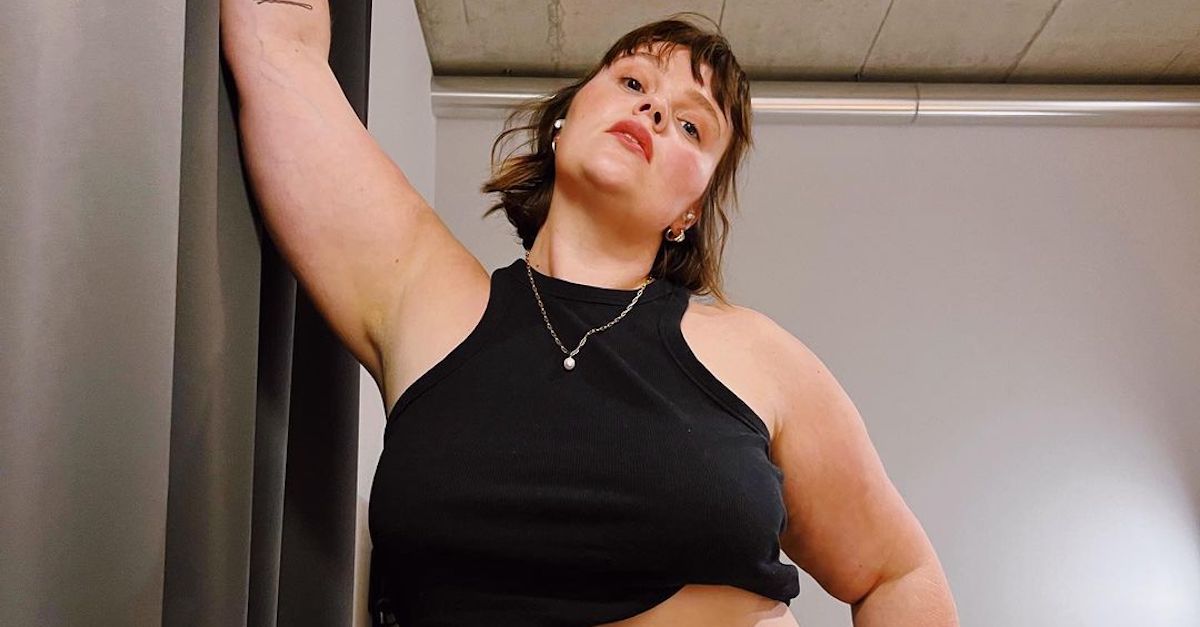‘Blood Money’: How Profit Shapes U.S. Incarceration
The pursuit of profit is “inextricably intertwined” with America’s system of carceral labor, and criminal punishment, according to a forthcoming paper in the Wisconsin Law Review.

The pursuit of profit is “inextricably intertwined” with America’s system of carceral labor, and criminal punishment, according to a forthcoming paper in the Wisconsin Law Review.
Mass incarceration cannot be separated from the fact that the carceral labor system is powered and incentivized for financial gain and profit, writes the paper’s author, Laura I. Appleman, the Van Winkle Melton Professor of Law and the University Research Integrity Officer for the Willamette University College of Law.

Prof. Laura Appleman
“From a citizen’s first interaction with the justice system through their release into the community, profit-seeking is embedded in our modern carceral machine,” Appleman writes.
“Along with the institution of slavery, the harnessing of involuntary carceral labor yielded enormous proceeds through transformation of human toil into financial gain.”
The paper entitled, “Bloody Lucre: Carceral Labor and Prison Profit,” details how America’s carceral system has been, since its inception, designed for financial gain.
Nevertheless, little is known about the revenue-based origins that shaped our current system — and continues to impact it to this day.
Along with detailing how this form of for-profit involuntary inmate servitude came to be, Appleman argues that understanding the role of profit should help “rechart the course of modern criminal justice, eliminating this kind of involuntary servitude in our system”
See Also: Despite Federal Clampdown, Private Prisons Reap Profits
Understanding the Past and Modern Profiteering
Appleman explains that the pillar motivators for making money through a carceral system was to transform “undesirable” British citizens into hard-working colonials, used as fuel for settlement in America.
From the outset, the American colonies were envisioned as “a place where the surplus poor, the waste people of England, could be converted into economic assets,” Appleman’s research uncovered.
She also found that between 1718 to 1775, over 52,000 convicts were transported to the American colonies to labor on farms in Maryland and Virginia — beginning a cycle of intertwining punishment and physical labor in America’s roots.
Then, as colonies created workhouses and jails, they required that “sentenced wrongdoers” would receive their punishment through fines and hard labor for others. This then became the “cornerstone” of establishing working for others as a form of punishment, and connecting the penal system to the economy.
In the 19th century, Appleman wrote, American cities’ economies were tied to tlabor contracts secured through private businesses and penal servitude. Most states followed the “Auburn system” which detailed that an inmate’s labor could be contracted to a private entity by day — and they be retired to a cell by night.
Penal servitude in America quickly escalated. In the early 1900s, prisoners in Southern penitentiaries reported chain gangs — where predominantly Black male prisoners were chained together and forced to do public work, such as clean buildings, roads, or land. They were often shackled in groups of five, and lived in inhumane conditions while forced to work during nearly every waking hour.
The profit motive still influences both the state and private prison facilities, Appleman writes.
Inmates have been used and contracted out against their will to clean up natural disasters — like the 2010 Gulf Coast British petroleum (BP) oil spill, so they could be a tax write-off for the company.
In 2017, inmates were assigned to work in assembly lines to prepare sandbags for Hurricane Harvey, but were not compensated and were not evacuated until three days after the storm made landfall.
More recently, inmates were used during the pandemic to create hand sanitizer to sell for a profit, despite working well below minimum wage and not being able to use it themselves because of the alcohol content.
Additional Reading: Using NY Prisoners to Make Hand Sanitizer Called ‘Slave Labor’
Looking to the Future
Lawmakers should use their regulatory power to guarantee a working wage for inmate labor, as well as steer the economy away from dependence upon correctional facilities, Appleman argued.
She added that federal abolition amendment, and amending state constitutions to abolish indentured servitude would stop the injustice.
“In 2020, Utah and Nebraska both voted to delete language from their state constitutions allowing slavery and involuntary servitude as punishment,” Appleman detailed, and says that other states like Tennessee and Minnesota are likely to follow.
Lastly, Appleman suggests that we must pull investment from private prisons and private industry prisons to eliminate using another individual for private profit.
“If the history of the prison is the history of brutal prison labor, then at a minimum we must try to envision a different kind of criminal incarceration, one that allows inmates the dignity of meaningful work with appropriate compensation, along with the right to choose what type of work undertaken,” Appleman writes.
“Otherwise, a criminal sentence will continue to be what it has always been, a ‘pernicious form of servitude,’ trapped in the service of endlessly increasing profit, the literal revenues of physical toil, suffering, and exploitation.”
“The 21st century can and must do better,” Appleman concludes.
Laura I. Appleman is the Van Winkle Melton Professor of Law and the University Research Integrity Officer for the Willamette University College of Law. She teaches and writes in the areas of criminal law, criminal procedure, family law and sentencing law and policy.
The full forthcoming paper can be accessed here.
Additional Reading: Private Prison Provider Unjustly Profited From Immigrant Detainees, Jury Rules
Andrea Cipriano is associate editor of The Crime Report

 Landwebs
Landwebs 




















